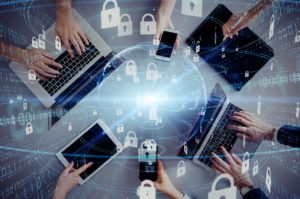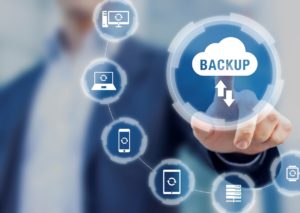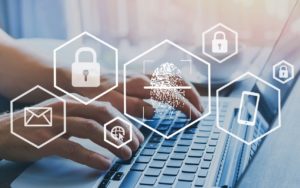As the coronavirus pandemic worsens, the fears of many people across the world are increasing. Unfortunately, hacking and the presence of scams are also increasing. Coronavirus scams continue to appear with increasing frequency. Cybercriminals are not just trying to attack individuals, but they are also targeting businesses in the following industries: Healthcare, aerospace, hospitality, and Insurance
Hackers want to manipulate the many fears that individuals and business owners have about COVID-19. Everyone is doing their best to not become infected with the deadly virus, but hackers are hoping to infect your personal and business devices with a virus. Many users have already been tricked into revealing some of their most personal information, and it could be through a phishing scam or a recently created domain.
Coronavirus-related scams have unfortunately become a money making enterprise for criminals. People are constantly searching online for more information about the virus, and these are the ones who are the main targets of the scams. It is so important for everyone to be aware of the hacking and scam attacks in order to become a victim.
Why are hackers using COVID-19 to target people?
Unfortunately, hackers thrive on using frightening current events to prey on people with the hope that they will go against their better judgment. Sometimes people’s ability to recognize a threat will dwindle because their fear and confusion will get the best of them. Unfortunately, these types of attempts happen often, especially when there are concerns about the economy or when a natural disaster occurs.
How are businesses impacted?
When you look at everything through a cybercriminal’s eyes, there are hacking and phishing opportunities everywhere. Hackers are always changing their methods and adjusting their criminal activities to take advantage of the fears and concerns of people every time there is an outbreak, disaster, or economic concern.
There are many opportunities surrounding them, and this gives them new ways to manipulate people. Attackers do not care what measures they have to take in order to take advantage of the real concerns that people have. Cybercriminals will do anything for a financial gain, including exploiting the fears that people have about contracting a deadly virus.
Every business and organization is now a target. Businesses that have not taken any security measures to protect their business, employees, customers, etc. can find themselves in a position that it may be hard to get out of.
What does this mean for workplace security?
Unfortunately, many businesses were not prepared to have the majority of their workforce working from a location outside of the workplace. The businesses that were not prepared to transition to a remote workforce have been presented with a variety of challenges. A remote workforce can lead to a variety of security concerns and risks.
As a result, many cybercriminals will look to take advantage of the businesses that are allowing employees to work from home. Unfortunately, those who use wireless networks that are open to others may bring more risks. Public network connections will open the door for the theft of confidential information and several network security issues.
What can your business do to lower its chances of being attacked?
If you currently have a Backup and Disaster Recovery(BDR) plan in place, we encourage you to take some time to review your plan. Do you think your plan is effective and efficient enough to provide protection when you need it? Will you be protected against malware and other threats? It is important that you have an accurate snapshot of the health of your systems and that you review your activity and event logs. If you have a significant number of your workforce working from home, we encourage you to ensure your remote-access technologies are safe and effective.
As the coronavirus continues to spread and impact more people, more people will search the web for more information. Unfortunately, hackers will see this as an opportunity to take advantage of your attempt to protect yourself and your family. For more information on how to protect your personal information, your devices, etc., contact us today.



